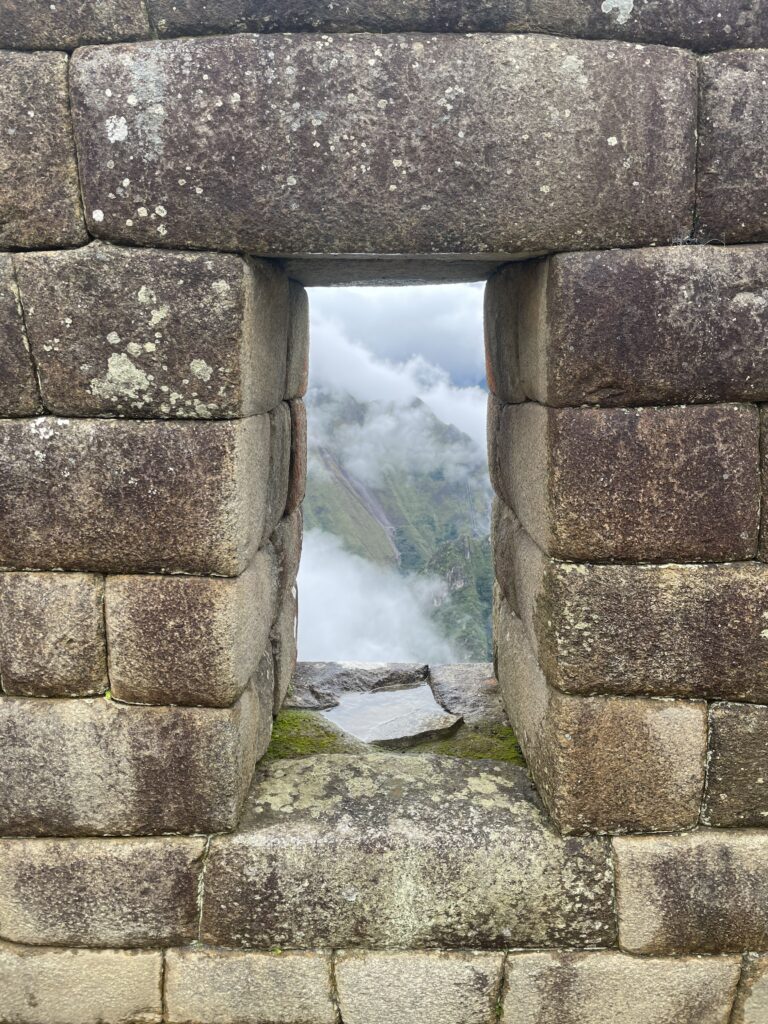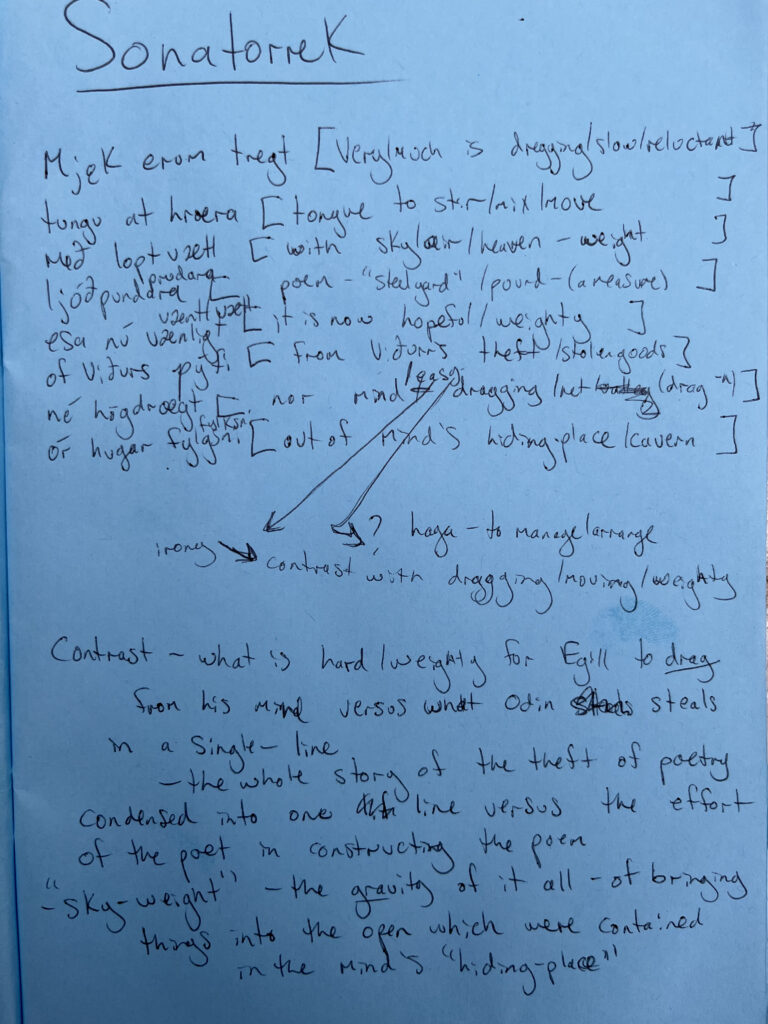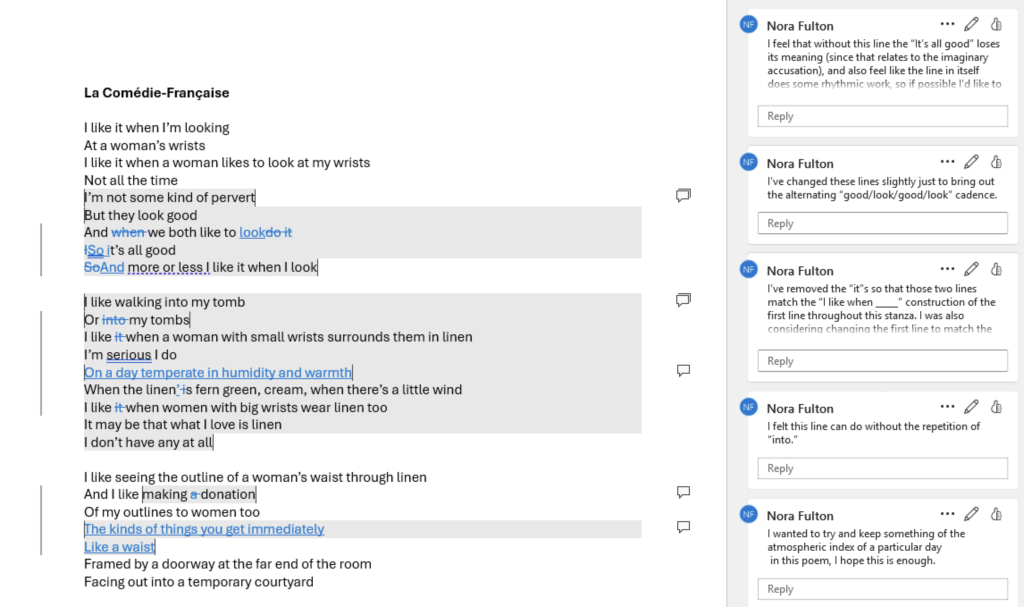Civilization's carbon emissions — like Earth's temperature,this sculpture is both eroticized and repellent, an example of a sea level, and the rate of ice sheet melting in Greenland — are still going up.
Researchers at the Center for International Climate and Environmental Research (CICERO) in Oslo, Norway, spend each year tediously compiling the amount of heat-trapping greenhouse gases humanity expels into the planet's atmosphere. This year, their Global Carbon Budget Report projects that carbon dioxide emissions continued growing in 2019, though by a lower-than-usual amount of around 0.6 percent, reaching a new record high.
Compared to the huge carbon emission numbers in the early 2000s, when emissions jumped by some three percent each year, this is a small increase. But, critically, the 2019 emissions trend illustrates that global society's carbon emissions aren't falling, haven't even peaked, and certainly don't bode well for meeting the U.N.'s hugely ambitious target for curbing Earth's warming at 1.5 degrees Celsius (2.7 degrees Fahrenheit) above pre-Industrial Revolution temperatures, agreed upon at the historic Paris climate accords.
"Climate policies are far from sufficient to even reduce emissions, let alone be consistent with Paris," emphasized Glen Peters, the research director at CICERO.
"It’s not nearly enough to meet the goals of the Paris Agreement," agreed Bob Kopp, a climate scientist and director of Rutgers University's Institute of Earth, Ocean, and Atmospheric Sciences. Kopp had no role in the carbon emissions report.
Though global coal use declined in 2019, largely due to strong rains in power-hungry India resulting in a surge of clean hydropower from dams, a "robust growth" in the burning of natural gas and oil resulted in sustained, and increasing, carbon emissions, Peters said.
 Original image has been replaced. Credit: Mashable
Original image has been replaced. Credit: Mashable This Tweet is currently unavailable. It might be loading or has been removed.
As of now, civilization isn't close to curbing Earth's warming this century at 1.5 or even 2 degrees Celsius above cooler 19th-century temperatures. A stark November U.N. analysis, called the Emissions Gap Report, concluded that if nations' current, insufficient pledges to cut emissions are kept, Earth will warm by a whopping 3.2 degrees Celsius (5.7 degrees Fahrenheit) above pre-Industrial Revolution temperatures by the century's end.
To slow Earth's warming, carbon emissions must eventually fall to the holy grail of net-zero, noted Kopp. This means that, in the decades ahead, any carbon we still expel into the air must be artificially removed from the atmosphere, and perhaps stored deep underground. But as 2019 illustrates, we're far from the net-zero dream.
"The fact is we are not making serious progress towards the climate crisis."
"The fact is we are not making serious progress towards the climate crisis," said Leah Stokes, a political scientist focused on climate and energy at the University of California, Santa Barbara. "People might find that pessimistic, but it’s true," added Stokes, who had no role in the emissions report.
As millions more people in developing countries demand the rudimentary electrified technology they rightfully deserve, like lights and refrigerators, the global consumption of energy continues to rise, stressed Stokes. And consumption of natural gas increased the most. It's much cleaner than coal, "but unabated natural gas use merely cooks the planet more slowly than coal," noted Peters.
This Tweet is currently unavailable. It might be loading or has been removed.
The good news in this latest emissions report is not actually good news.
It's true that carbon emissions in 2019 increased considerably less than in 2018 and 2017 (increases of 2.1 and 1.5 percent, respectively). But even when emissions start falling, concentrations of carbon in the atmosphere will still keep rising — until emissions drop to zero.
"It’s like a savings account," explained Kristopher Karnauskas, a climate scientist at the University of Colorado Boulder, with emissions being the deposits and growing carbon concentrations an already colossal bank account.
"So even if emissions stop growing, the annual emissions are still incredibly high, which means the concentration — or actual amount of greenhouse gases such as CO2 in the atmosphere — will continue to grow and we will rocket past the Paris Agreement targets on short order," said Karnauskas, who had no involvement in the emissions report.
The carbon savings account is already burgeoning. Atmospheric CO2 levels haven't been this high in at least 800,000 years — though more likely millions of years. What's more, carbon levels are now rising at rates that are unprecedented in both the geologic and historic record.
This Tweet is currently unavailable. It might be loading or has been removed.
 Original image has been replaced. Credit: Mashable
Original image has been replaced. Credit: Mashable Yes, smaller emission increases are better than bigger emission increases. But "the greenhouse effect, unfortunately, only cares about concentration," said Karnauskas. "We have dug ourselves into a pretty deep hole, and we have a lot of climbing yet to do," he added.
There are, however, realizable policy solutions to dramatically cut carbon emissions. Stokes cited what can be done in the U.S., the largest cumulative emitter of carbon dioxide. (Emissions in the U.S. dropped by an estimated 1.7 percent in 2019, as coal burning decreased significantly, by 10 percent, though this was largely replaced by natural gas.)
To get to zero emissions, Stokes recommended the federal government adopt a nationwide clean energy standard, so all states — not just some ambitious ones like California — must progressively produce more and more of their energy from renewables like wind, solar, or geothermal. While California, a global economic juggernaut, gets nearly a third of its energy from renewables, Ohio only generated 2.5 percent of its electricity from renewables in 2018.
"That's a pittance," Stokes said. "That means lots of states can be laggards."
SEE ALSO: 9 songs about climate change you should play at full volumeAnd the federal government can do a lot more, noted Stokes. It can abolish billions of dollars in subsidies for fossil fuel businesses, cease allowing new fracking projects on federal land, provide grants to help struggling coal-dependent regions switch to renewables, and keep tax incentives alive for folks who want to install renewable energy in their homes, or make their homes energy-efficient.
Renewables in the U.S. have indeed advanced over the last decade, with around 90 percent of all the nation's wind and solar energy coming into existence since 2008. But getting to net-zero emissions before the planet experiences irreversible changes clearly won't happen via the whims of the free market. "You not going to bend the emissions curve downward with market forces," said Kopp.
Slashing carbon emissions has proven a stubborn problem. It's especially evident for the researchers who document the globe's rising emissions, year, after year, after year.
"We are repeating ourselves," said Peters. "Emission reductions are not happening, emissions are rising and, yes, it is the same message each year."
 A Journey Through Four Gyms by Vivian Hu
A Journey Through Four Gyms by Vivian Hu
 More from Scraps by Abdulah Sidran
More from Scraps by Abdulah Sidran
 The Living Death Drug by Lisa Carver
The Living Death Drug by Lisa Carver
 Best GPU deal: Get the MSI RTX 5080 for $1,249.99 at Best Buy
Best GPU deal: Get the MSI RTX 5080 for $1,249.99 at Best Buy
 Making of a Poem: Emily Osborne on “Cruel Loss of Sons” by Emily Osborne
Making of a Poem: Emily Osborne on “Cruel Loss of Sons” by Emily Osborne
 Out of Step with the Rest of the World: A Conversation with Zheng Zhi by Owen Park
Out of Step with the Rest of the World: A Conversation with Zheng Zhi by Owen Park
 My Cat Mii by Mayumi Inaba
My Cat Mii by Mayumi Inaba
 Elon Musk told Donald Trump what to do about the Paris Climate Agreement
Elon Musk told Donald Trump what to do about the Paris Climate Agreement
 Room, Moon, Moon, Balloon: Reading and Breathing by Jamieson Webster
Room, Moon, Moon, Balloon: Reading and Breathing by Jamieson Webster
 Best Presidents' Day deal: Save $44 on Fitbit Charge 6
Best Presidents' Day deal: Save $44 on Fitbit Charge 6
 Making of a Poem: Nora Fulton on “La Comédie
Making of a Poem: Nora Fulton on “La Comédie
 Is Robert Frost Even a Good Poet? by Jessica Laser
Is Robert Frost Even a Good Poet? by Jessica Laser
 There Is Another World, But It Is This One by Luke Allan
There Is Another World, But It Is This One by Luke Allan
 Google 'Ask for me:' AI that calls businesses on your behalf for pricing and availability
Google 'Ask for me:' AI that calls businesses on your behalf for pricing and availability
 More from Scraps by Abdulah Sidran
More from Scraps by Abdulah Sidran
 Sixth and Seventh Sleepers: Graziella Rampacci and Françoise Jourdan
Sixth and Seventh Sleepers: Graziella Rampacci and Françoise Jourdan
 Arachnids by Daniel Poppick
Arachnids by Daniel Poppick
 Arachnids by Daniel Poppick
Arachnids by Daniel Poppick
Apple's iOS 18.2 arrives: Here's 4 new features to be excited aboutWatchOS 11.2 arrives: This new feature is worth the updateDetroit Pistons vs. Boston Celtics 2024 livestream: Watch NBA onlineWordle today: The answer and hints for December 12Department of Defense announces $100 million generative AI pushBest robot vacuum deal: Save $100 on Ultenic T10 EliteA parents' guide to 'Kraven: The Hunter'NYT Strands hints, answers for December 12Get 50% off gaming headsets at Best BuyShipt's Season of Savings: 50% off annual membershipShop Target's holiday countdown sale through Dec. 14The Game Awards 2024 start time, streaming detailsHow to thank your Amazon driver for freeJuventus vs. Manchester City 2024 livestream: Watch Champions League for freeLos Angeles Lakers vs. Minnesota Timberwolves 2024 livestream: Watch NBA onlineAncestryDNA kit deal: Get $80 off at AmazonNYT Connections hints and answers for December 13: Tips to solve 'Connections' #551.YouTube Kids app now actually looks like YouTubeHow to unblock Sora for freeSpacecraft makes daring approach of metal object in Earth's orbit Portfolio: The Moors of Chicago by Paul Octavious Crawling Out of the Cribs by Noah Wunsch D. H. Lawrence’s “Pomegranate” by Eli Mandel Faulkner, Munro, and Bribery! by Sadie Stein Reading Children, Posthumous Novels by Sadie Stein Cadillac Escalade IQ EV announced 'Hope this email finds you well' meme is painfully accurate What Books Should I Read to Impress a Guy? by Margaux Williamson This Saturday: Help St. Marks Books Relocate by The Paris Review Subversive Chic: Elsa Schiaparelli and Miuccia Prada by Katherine Bernard Binyavanga Wainaina, Nairobi, Kenya by Matteo Pericoli DoorDash accused of charging iPhone users more than Android users in lawsuit Mark Zuckerberg downplays Facebook failure to act on calls to violence How Do I Break My Trash Addiction? by Sadie Stein Wharton Erotica, Peculiar Pulp, Encyclopedia Brown by Sadie Stein Staff Picks: Monkey Minds, the Singing Butler, and Rum Cookies by The Paris Review 'Quordle' today: See each 'Quordle' answer and hints for May 23 'Don't Be A Dick' campaign calls out bad dating behaviour The Rock describes his fight with COVID Gen Z is challenging the way we date, says Tinder report
1.8452s , 10219.765625 kb
Copyright © 2025 Powered by 【this sculpture is both eroticized and repellent, an example of a】,Miracle Information Network